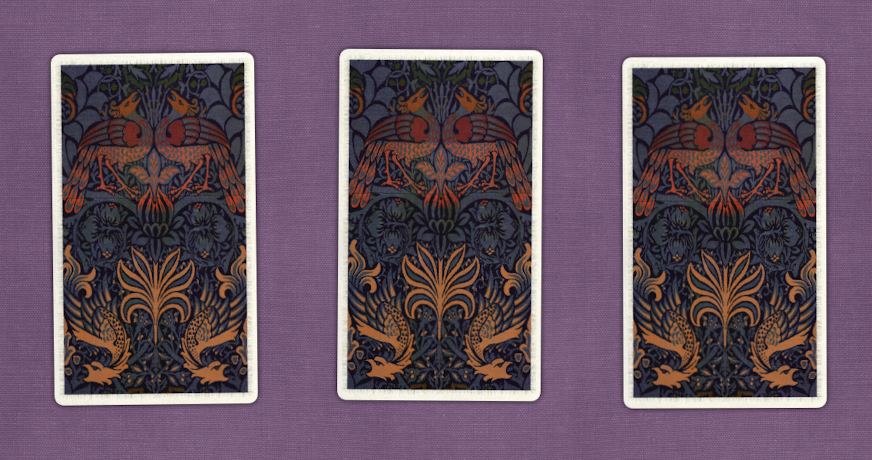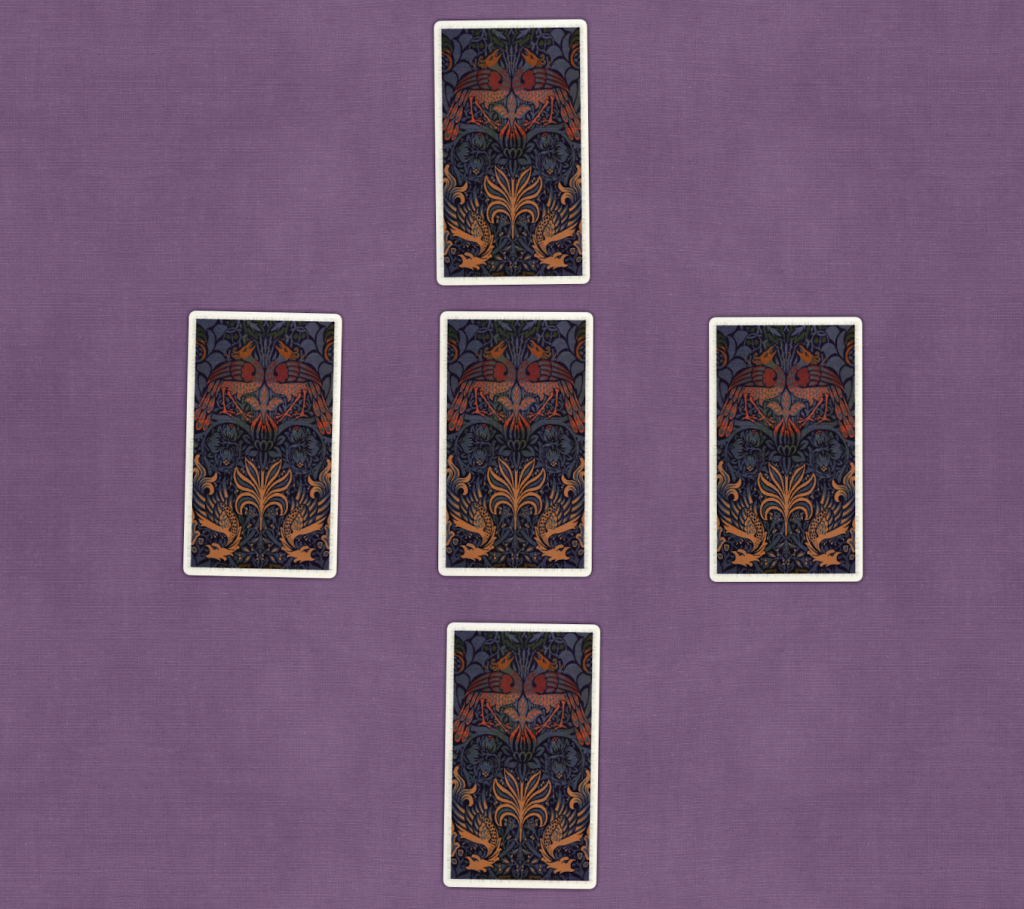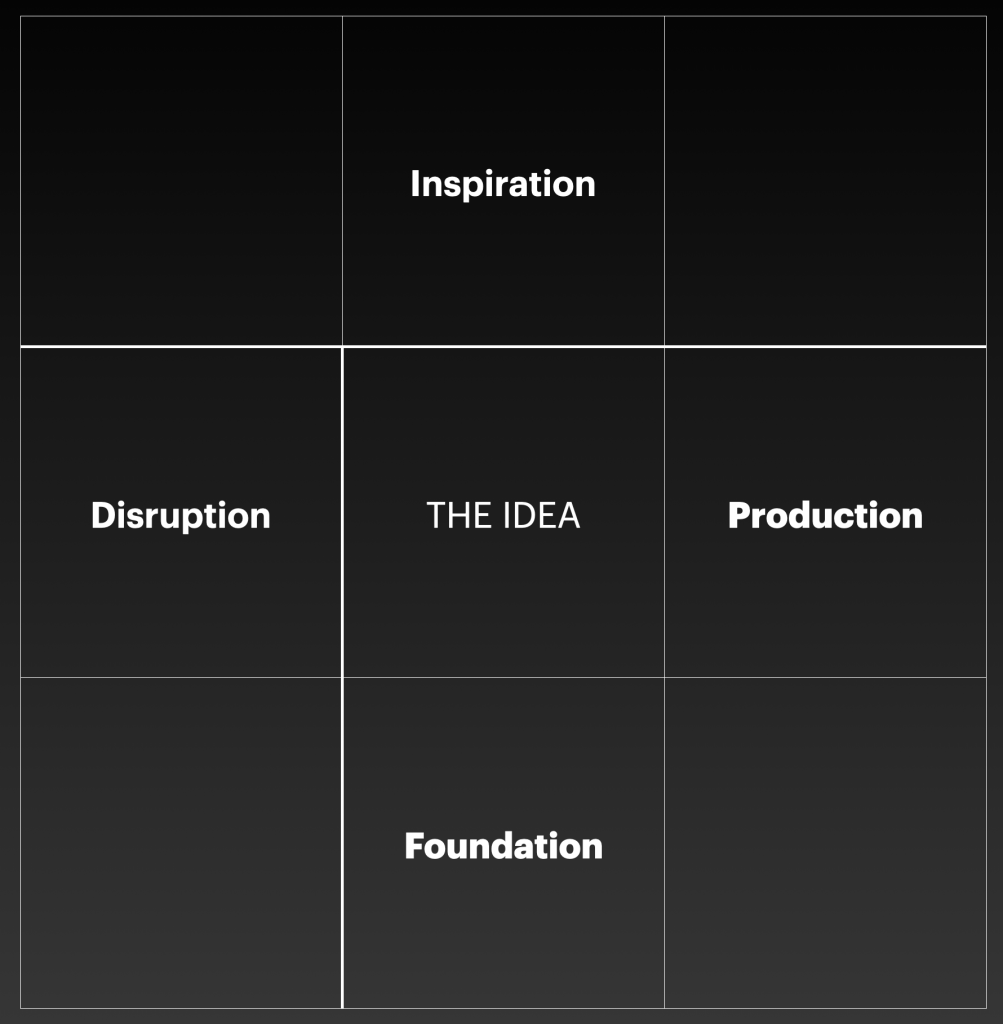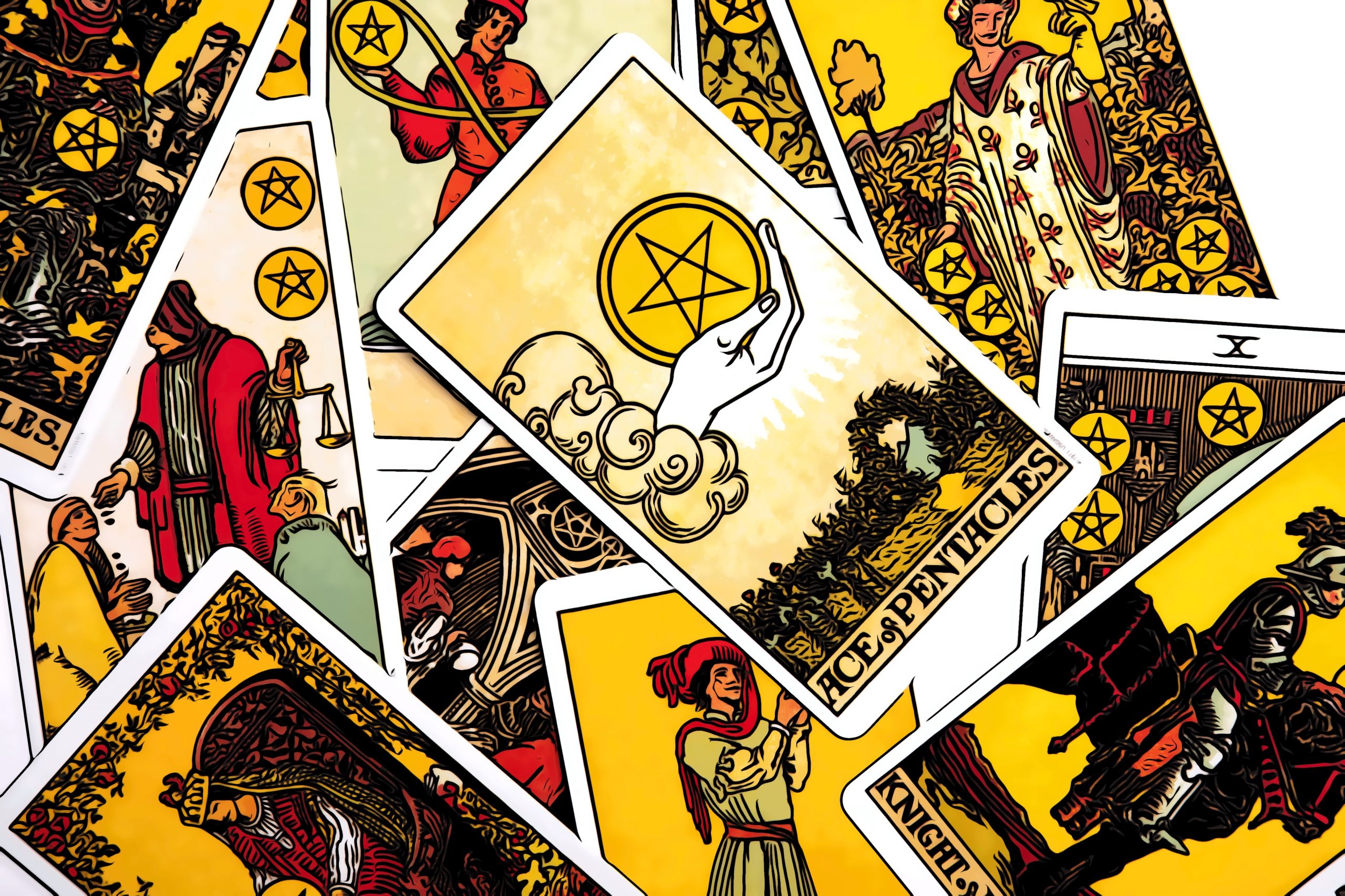Note making differs from merely capturing information, in part because note making attempts to establish relationships between ideas.
My Usual Way of Establishing Relationships
For the past few months, I’ve been experimenting with creating atomic notes (shorter, more focused notes summarizing a core idea). I build relationships between these notes using links and tags:
- Each atomic note, for example, is linked back to a source note — a sort of bibliographical or “card catalog” entry recording the original source’s title, author, and location.
- As a network of ideas emerges, certain notes may be tagged as a way of demonstrating how one idea relates to another. Currently, I track whether ideas are #SupportedBy or #ContradictedBy others, for example.
For example, imagine an atomic note about polysemy — the idea that verses in the Bible have multiple layers of meaning that might not be apparent at first glance.
This note would be explicitly linked back to its source note: an entry for Ronald Decker’s The Esoteric Tarot, where I first came across the term polysemy.
Tags on this note would show it is
- [[Contradicted By]] the Christian fundamentalist tenet that all Scripture has a plain, simple, and apparent meaning.
- [[Supported By]] the concept of the Weslyan Quadrilateral, which posits that Scripture must be read with at least tradition, personal experience, and reason in mind.
Issues with This Process
Linking and tagging notes in this way seems to be standard practice for many people. But it is not without its issues.
While I’m very consistent when linking atomic notes to source notes, I’m inconsistent when tagging. Sometimes I do it. Sometimes I don’t.
To combat that inconsistency, I built prompts into my atomic note template. Unfortunately, not every note is supported by, contradicted by, or inspired by another. Even so, when I see these blank prompts in my template, I feel obligated to try to complete them, which creates friction and frustration.
And, while I’m embarrassed to admit it, when Idea A supports Idea B, I dither over how to do my tagging. Should Idea A be tagged as supporting Idea B … or should Idea B be tagged as being supported by Idea A … or both?
Three Inspirations
While pondering these things, three catalysts for change came my way:
First, an email from Roman Khromin arrived, asking, “What happens when (a new note on a new idea) supports (a previously captured idea), and you would like to take a note of that? Will you go back to (the original) and update it, adding to the source and potentially developing your understanding of the idea? Will you create a new thinking note and link it to (the original?)”
Next, prompted by Nick Milo, I sought out Fei-Ling Tseng‘s post on The Essence of the Zettelkasten Method, Demystified. In it, she imagines providing context for ideas by picturing them in the center of a compass.
- To the north lies the question, “Where does X come from?”
- To the west, we ask, “What is similar to X?”
- To the south, we ask, “Where can X lead to?”
- To the east, we ask, “What can compete with X?”
And finally, Dharam Kapila shared a sneak peek at his new Obsidian plug-in for visually and spatially organizing notes, videos, PDFs, and websites on an infinite canvas. (I’m glad I wasn’t drinking hot tea when I saw his demo, or I might have sprayed my new Apple Studio Display with a mouthful of decaf Irish Breakfast.)
Tarot Spreads as Models of Spatial Relationships
These three different inputs made me think, of all things, about Tarot.
As Tarot readers place cards on the table, they often do so using spreads: spatial arrangements that provide a position for each card and imbue that position with meaning. The simplest of these is a three-card spread, where the left-most card represents the past, the center card represents the present, and the right-most card represents the future.

What I love about spreads is how the spatial relationships between cards can be used to reinforce a given card’s positional meaning in ways that “feel right.”
- The card representing the past is to the left of, or “behind,” the card representing the present.
- The card representing the present is in the center: a point of reality, sandwiched between the remembered past and the imaginary future.
- The card representing the future is to the right, or “ahead of,” the card representing the present.
In other words, the cards become a timeline. (I wonder: in societies where the language is read from right to left, are timelines also arranged from right to left? Time to create a research note!)
A Spatial Model for Relating Ideas
With all this in mind, it occurred to me that one reason I struggle with my tagging system is that the prompts don’t correspond to any visual or spatial model that might help make them more memorable. What I need is a “spread” for ideas — a spatial model that makes sense. A model with positions and assigned meanings would be easier to remember and deploy.
The image that came to mind next was the Tarot spread I call the “simple cross.” It looks like this:

- The card in the center represents the present moment.
- The card above the rest represents forces and influences that contribute to or create that present
- The left-most card represents the past: historical events that gave rise to the present.
- The right-most card represents the future: an outcome to hope for, strive toward, or even avoid.
- The card below the rest represents forces and influences that are beneath the surface: blind spots, unconscious biases, or repressed memories.
Again, I like very much how the spatial arrangement of the cards suggests their meaning or function: influences coming down from heaven above, history to the left, the future to the right, and subliminal information down in the subterranean depths.
How might this model be adapted to incorporate a blend of my tagging system and Fei-Ling Tseng’s compass points?
- In the center: the idea under consideration
- Above – Inspiration: What is the origin of the idea? What inspired it? What caused it?
- Left-Most – Disruption: What contradicts this idea? What competes with it? What’s similar?
- Right-Most – Production: What does this idea create, result in, or contribute to?
- Below – Foundation: What supports the idea? What’s missing that could improve it?
As with the other models, this arrangement “feels” spatially and conceptually satisfying.
Encoding Positional Meanings in a Template
Today, I could design a nine-celled table, using its structure to express my prompts as positional meanings:

But tables remain tricky in Obsidian, and I fear that, if I work within the table itself, its cells will quickly become crowded with words and links.
With an eye toward the future, I’m hoping that Dharam Kapila’s plug-in offers possibilities for arranging atomic notes on an infinite canvas, where I could build a visual/spatial “mind map” of concepts using this positional model. (Sidebar: is there already a way to place links to Obsidian notes in a MindNote mind map?)
In the meantime, perhaps I’ll do the laziest possible thing, adding four prompts to my note template:
- Inspiration:
- Disruption:
- Production:
- Foundation:
This linear arrangement doesn’t leverage the power of positional meanings. But having imagined the visual/spatial relationship among these terms, I can have that model in mind as a memory aid. That alone may help make my practice be more consistent and “feel better.”
What About You?
- Inspiration: How are you establishing relationships between your notes? What inspired your approach?
- Disruption: What are some competing ideas for establishing relationships? What ideas have you encountered that are similar to yours or mine?
- Production: Looking at your collection of notes as it stands today, what outcome has your method contributed to?
- Foundation: What supports the way you work? What’s missing, and could be improved?
Ya see what I did there? 🙂
Thanks for reading — and if you have ideas to add to the discussion, please let me know via Twitter (@markmcelroy) or email.







